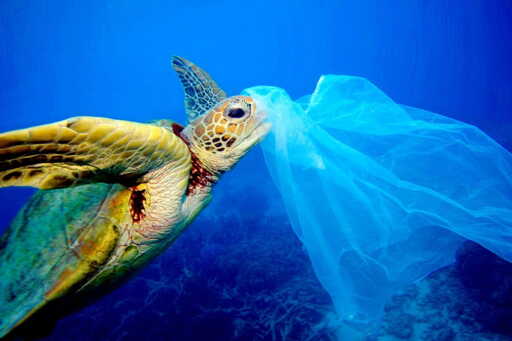New research has found that even small amounts of plastic can be deadly to seabirds, sea turtles and marine mammals. While previous research has established that plastic can lead to mortality in many species, this new study identifies the types and amounts of plastic that pose the greatest danger, and estimates how likely an animal is to die after ingesting it. The study authors found the lethal dose to be much smaller than expected. The team of international researchers, including several from U.S.-based environmental advocacy group Ocean Conservancy, conducted a literature review of more than 50 studies, drawing together the necropsy results for more than 10,000 animals that included data on the cause of death and on plastic ingestion. The mortality data included 1,537 seabirds from 57 species; 1,306 sea turtles from all seven marine turtle species; and 7,569 marine mammals representing 31 species, including whales, dolphins and seals. The team used the data to generate modeling that analyzed the relationship between the plastic in the animal’s gut and the likelihood of death for each animal group, looking at both the total number of pieces of plastic and their volume. Where possible, they also considered the type of plastic the wildlife ingested to understand which types were most lethal to the animals. Plastic found inside a dead black-footed albatross. Image by Dan Clark /USFWS. “That lethal dose is much smaller than we expected,” lead author Erin Murphy, manager of ocean plastic research at the Ocean Conservancy, told Mongabay. She and…This article was originally published on Mongabay
From Conservation news via this RSS feed


